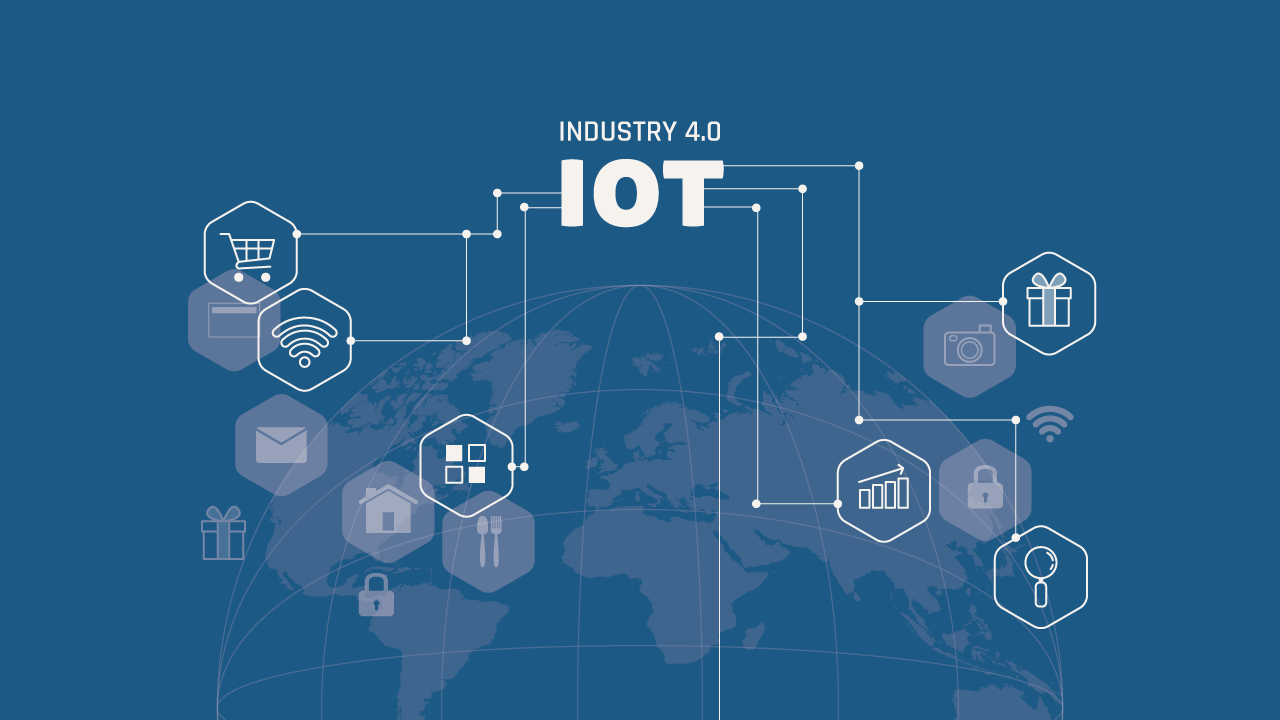Table of Contents
What Is Order Processing?
Order processing is completing an order made by a customer to have it shipped or mailed. The ordering process occurs in three main ways. Firstly, through the warehouse fulfillment process. Your employees take packages and deliver orders directly from your warehouse to your client. Your job is to take care of every detail and cover the costs. Invest in eCommerce product liability for business protection. And secondly, there is dropshipping.
eCommerce orders management covers everything from inventory monitoring to printing the label using the ship labels printer through subscription payments.
eCommerce order management uses eCommerce software or a website with
integrated order management capability. They generally take order updates and inventory levels, send orders to fulfillment, and monitor the shipment status. It
reduces the risk of errors, improves customer experience, and increases revenue with every sale.
Why are eCommerce Order Management Systems Important?
Many eCommerce firms can’t compete if their orders are not properly managed. Customers demand efficient, cost-efficient & personal orders. It can’t exist without manual errors. Employers must focus on brand experience optimization rather than handling backorder SKUs, calls carriers, and documents.
Greater multichannel opportunities
eCommerce today is no longer limited to buying on a website. Brands must reach everyone at once. Our age of online shopping has evolved from multichannel to omnichannel, distributed across websites such as eBay and Facebook.com, as well as social networks including Pinterest and Twitter. Order status may become
complicated to manage as customers come from a multitude of different locations, and customer traffic is sourced on distributed systems. These factors affect the fulfillment time and the satisfaction of the clients. The order management system enables centralized tracking of inventory, turnover, and orders through channels.
Fast delivery
Two-day shipping is a common practice for many businesses, but companies must make their orders more quickly. The fulfillment window is narrowed. Automation is critical in order systems. A centralized ERP system automatically selects the warehouse/delivery location closest to a particular address for customers placing orders. The program uses order details or order histories to specify the fulfillment process. It will then email the warehouse to prepare the order quickly.
Fewer Mistakes
The ordering process helps prevent human errors. Human errors in manufacturing can cost businesses a fortune. An order management program can provide multichannel inventory management and warehouse optimization by a notification that your stock levels are low and your inventory is in danger of liquidation. It
prevents delays in shipment, costs to the market, and lost customer numbers. It
can help in ensuring quick and direct communications with multiple warehouses at once about what items to buy and pack.
More flexibility
Order management software can expand your business. The increase in the fulfillment needs of the omnichannel fulfillment system is unlikely to overwhelm
the existing system in the omnichannel fulfillment industry. Its specially developed software can keep pace with company growth and scaling.
How Does Ecommerce Order Management Work?
Ordering systems aim to put products as effectively into customers’ hands as possible. It manages the journey for the items customers order, from their
purchase into their cart to when they come to their doorstep — and the eventual return of those items.
Order Management Systems Facilitate Order Fulfillment
Order management software helps you streamline and reduce the time and effort needed for fulfillment. This program optimizes these steps to reduce shipping and overhead, improve data quality, and pick and pack efficiently. In addition, many of our ordering management system features simplify customers’ return and credit card processing. The most efficient operating software is integrated with the
leading online commerce tools and platforms and adaptable to your business model. When customers pay for something, the order management system may update the Quickbooks accounting system, produce invoices or print an envelope.
The Order Fulfillment Process
Generally, all companies have unique ways of fulfillment. The process may vary from the customer’s location to the fulfillment center. The return process is with a supplier. While the process differs in nature, most orders are fulfilled by following steps.
Order Management Process: Mastering Order Fulfillment
There are two critical factors that are essential during eCommerce order management after payment: fast delivery and accurate fulfillment. Ampersand found that 65% of people preferred same-day deliveries, and research by Loqate found that 57% would not return to a store for deliveries late. Simply stated, the
quicker you send your order, the better it is. Tell me the easiest and fastest way to do it.
Order Picking Process
As a retailing firm, you probably understand how complicated it is to make thousands, if not hundreds, daily. When establishing a business, the first thing to consider is having the right methods in place.
The Packing Process
The packing phase is far from simply packing something in a box as soon as possible. We have the best chance of getting the correct product to the right customers efficiently. There’s something worth thinking about.
Consolidate Multichannel Orders
Listing through multiple online platforms can be very useful in boosting sales. But if the system doesn’t exist, there will be an over-selling or missed order for the
company. It’s not a good online shop ordering software. You can log into the entire sales channels to manually export orders to a central spreadsheet. As a business grows, it can be a massive waste of time and overall customer satisfaction. Is there some way to fix that problem? A consolidated ordering system in one back office will save time and improve customer satisfaction.
Payment Processing
Failure to make payments will be as bad as selling the item. An uninformed
customer can make a payment for an unreliable service. Therefore, choosing a
reputable online payment processing service that offers reliable security for all your transactions is advisable. If they don’t, you could have missed several sales. Or worse: Make the order and not realize that payments have yet passed the check. If you order online, you should have a POS card reader.
Highlight Special Orders
Occasionally a particular task requires attention or is quicker than other ones. The warehouse team must emphasize this to prioritize this over other customers. But let me say a few tips: It offers another great chance to allow customers to
experience the best customer experience. When a certain quantity is spent, the user may highlight it and include a special bonus for that amount. Or an offer code to buy a second item. Even an ordinary thank you note is essential for the recipient.
Order Management Performance Metrics
KPIs measure the efficiency and effectiveness of your business processes. These are the most valuable metrics for tracking order lead time, quality, and return rates. All of this includes an excellent order rate.
Rate of Return
Returned orders can occur anywhere in the world. The company is trying to squeeze in profit from the company by using products that are impossible to sell. By decreasing it, you keep the bottom line green.
Orders. Accuracy
Order accuracy refers to errors that your fulfillment staff made during the pickup. Your team should be 100% accurate if possible. Use the formula for order accuracy. It’s the most valuable KPI that we track.
Order Lead Time
Lead Time is defined by how long a product takes to be delivered. The longer it takes, the more happy customers get.
Sum up
When running an online business, it’s essential to have a streamlined order management process flow. This will help ensure that your customers receive their orders promptly and efficiently. This blog post walks you through the eCommerce order management process flow to see what’s involved and how it works:
-Order Placement: The first step in the eCommerce order management process flow is when a customer places an order. This can be done on your website or over the phone.
-Order Verification: Once the order has been placed, it needs to be verified by one of your team members. This is to ensure that all the information is correct and there are no errors.
-Shipping Notification: After the order has been verified, the shipping notification is sent to the appropriate party (e.g., warehouse, shipper).
-Packaging: The products are then packaged and shipped according to the shipping instructions provided by the customer.
-Tracking Number Generation: A tracking number is generated for each package and sent to the customer and merchant.
-Customer Follow-Up: Finally, after delivery has been confirmed, a follow-up email is sent to the customer, thanking them for their purchase and providing them with any additional information they may need about their order















